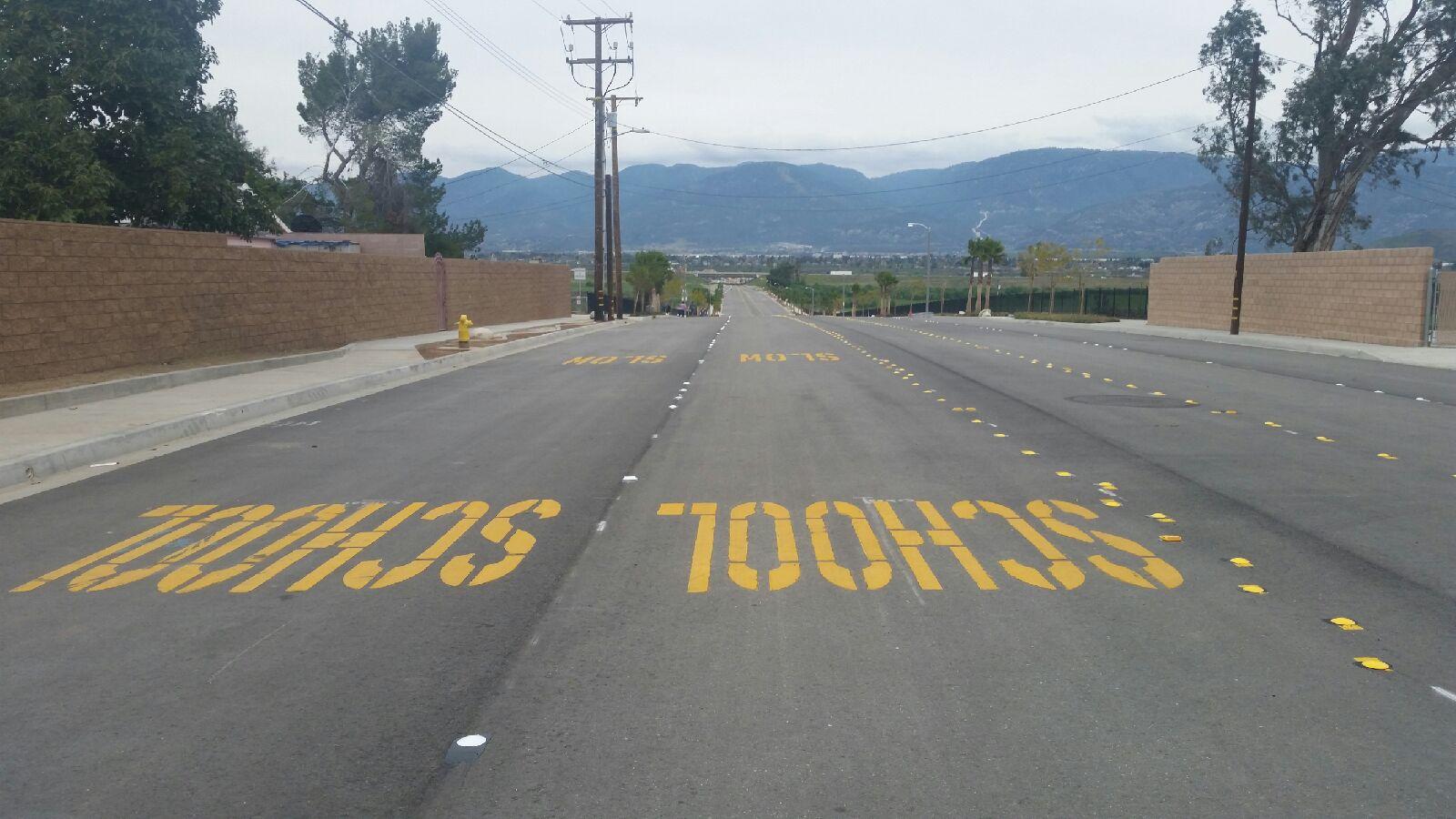Hollister Avenue Cold In-Place Pavement Recycle Project
Hollister Avenue Cold In-Place Pavement Recycle Project County of Santa Barbara, Department of Public Works Submittal for Award January 29, 2015 Project Sustainability This was a pilot project by the County of Santa Barbara to perform road maintenance with more environmentally friendly construction methods. The asphalt recycle project included the removal and replacement of the upper 3-inches of asphalt on Hollister Avenue in Santa Barbara California. The steps in cold in-place recycling consist of preparation of construction area, milling or grinding the existing pavement, addition of recycling agent and binding oil, placing the recycled asphalt in a windrow, compaction, and placement of surface course. There were 4 lanes on Hollister Avenue to be replaced in this project, with two in each direction that were repaired along a distance of 1.2 miles, with a total land distance of 4.8 miles. The re-using of gravel from the existing road alleviated the County from trucking gravel to the site from 40 miles away. The gravel in the road was evaluated by collecting and analyzing samples to verify its durability for re-use. Toro Enterprises from Oxnard California was the prime contractor, and Pavement Recycling Systems from Jurupa California was the recycling subcontractor. Project Safety This particular Cold In-Place recycle requires low humidity and higher temperatures for proper curing. The work was staged along the project route so that access to the schools was assured at the beginning and end of the working hours when children were dropped-off and then later picked-up. The roadway intersections needed to be re-opened as soon as possible. To expedite opening, a thin layer of oil and sand was placed on the drying asphalt to accelerate curing time and as a buffer under the wheels. Importance of Asphalt Compaction The Public Works Construction Section worked with the engineering consulting firm Pavement Engineering from San Luis Obispo, California to ensure top quality workmanship on this pilot project. The most durable asphalts are the result of placing and compacting the asphalt as much as reasonably possible. Nuclear gauge testing is a method to determine the density of asphalt after rolling compaction with six ton rollers. Nuclear gage testing for maximum density was a key component in our Quality Assurance program. Saves on Aggregate The recycling and reusing the existing pavement layer does away with the need for purchasing and transporting fresh aggregate. Not only does the Public Works saved on the product that is used, but there was cost savings on transportation costs due to fuel costs. Cold-in-Place Recycling is good on your wallet and the planet.

